Home>diy>Building & Construction>How Many Units Are In An Apartment Building
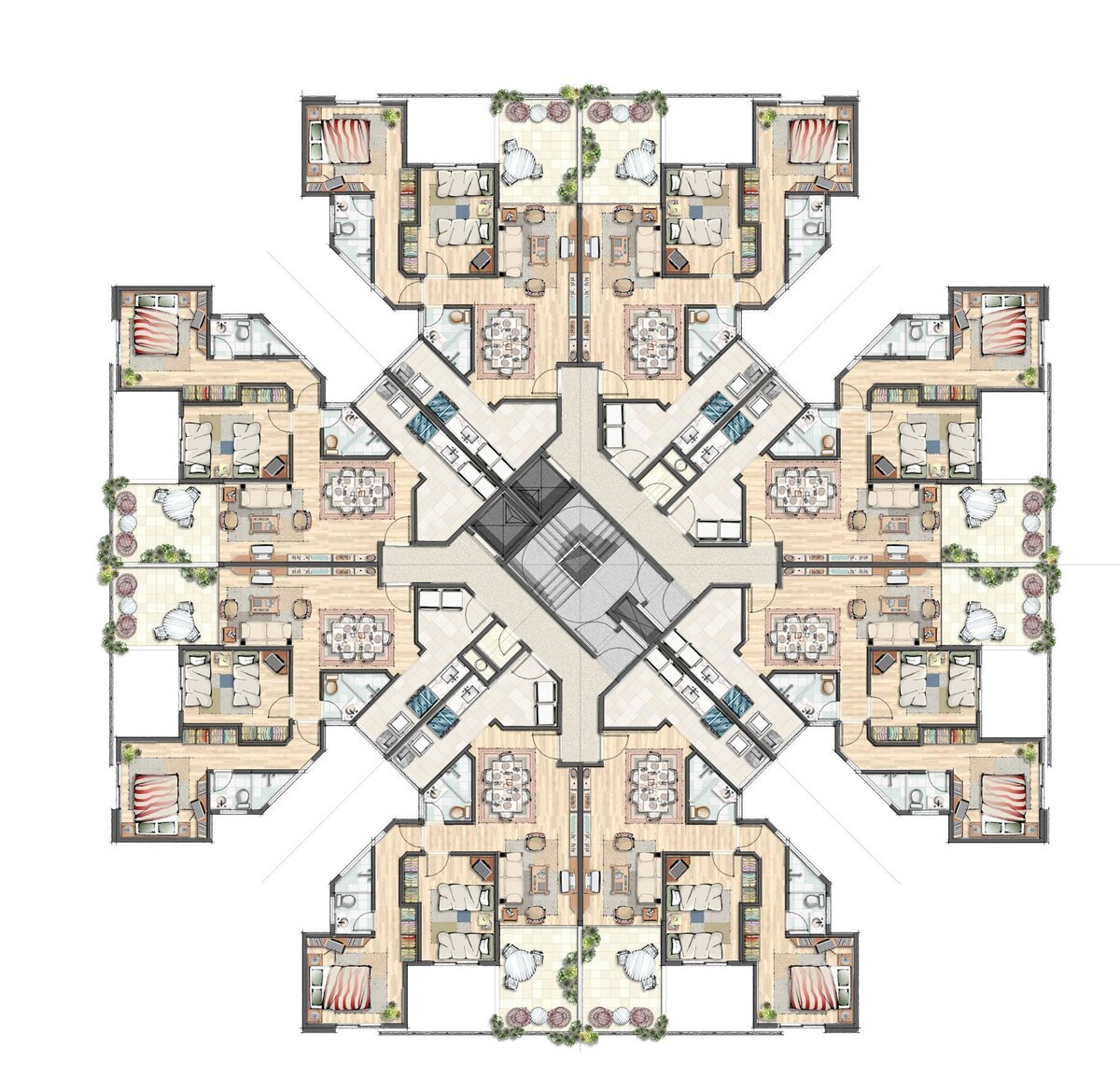

Building & Construction
How Many Units Are In An Apartment Building
Modified: October 20, 2024
Discover how many units are typically found in an apartment building and gain insights into building construction methods. Enhance your knowledge of the multi-family housing industry with this informative guide.
(Many of the links in this article redirect to a specific reviewed product. Your purchase of these products through affiliate links helps to generate commission for Storables.com, at no extra cost. Learn more)
Introduction
When it comes to constructing an apartment building, one important question that arises is how many units should be included in the design. The number of units in an apartment building can have a significant impact on various aspects, such as the overall cost, building regulations, and the potential profitability of the project. Therefore, it is crucial to understand the factors that influence the decision regarding the number of units in an apartment building.
In this article, we will explore the different factors that affect the number of units in an apartment building and their significance in construction planning. We will discuss the average unit size, density regulations, types of apartments, amenities and common areas, and practical considerations in determining the number of units. By the end of the article, you will have a comprehensive understanding of how the number of units is determined in an apartment building construction project.
So, let’s dive in and explore the fascinating world of apartment building construction!
Key Takeaways:
- Careful consideration of factors such as land area, market demand, and financial feasibility is crucial in determining the optimal number of units in an apartment building, ensuring profitability and compliance with regulations.
- Balancing the mix of efficiency units and standard units, along with amenities and common areas, is essential to create an attractive and financially viable apartment building that meets the diverse needs of potential tenants.
Read more: How Many Rooms Are In An Apartment Building
Factors Affecting the Number of Units in an Apartment Building
Several factors come into play when determining the number of units in an apartment building. These factors include the available land area, market demand, financial feasibility, and local building regulations. Let’s take a closer look at each of these factors:
- Available Land Area: The size and shape of the land on which the apartment building will be constructed play a crucial role in determining the number of units. A larger land area allows for the construction of a larger building with more units, while a smaller land area might limit the number of units that can be built. The layout of the land also influences the efficiency of the building design, which in turn affects the number of units that can be accommodated.
- Market Demand: Understanding the market demand for apartments in a specific location is vital for determining the optimal number of units. Conducting market research to assess the demand and target demographic can help developers determine the desired unit count. Factors such as population density, employment opportunities, and proximity to amenities and transportation hubs influence the market demand for apartments.
- Financial Feasibility: The financial viability of the project heavily influences the number of units in an apartment building. Developers must evaluate the construction costs, potential rental income, operational expenses, and return on investment. By conducting a thorough financial analysis, developers can determine the optimal number of units that will yield the desired profitability.
- Local Building Regulations: Building regulations and zoning ordinances set by local authorities also affect the number of units that can be constructed. These regulations define parameters such as maximum floor area ratio, setback requirements, and parking space allocations. Developers must ensure compliance with these regulations to obtain necessary permits and approvals for the construction project.
By considering these factors thoroughly, developers can make informed decisions about the number of units in an apartment building. It is essential to strike a balance between meeting market demand, achieving financial feasibility, and complying with local building regulations to ensure the success and profitability of the project.
Average Unit Size in an Apartment Building
The average unit size in an apartment building is an important consideration when determining the number of units. It plays a significant role in the overall layout, design, and functionality of the building. There are several factors to keep in mind when determining an appropriate average unit size:
- Market Demand: The market demand for different unit sizes will vary depending on the target demographic and location. For example, in urban areas with high population density, smaller units might be in higher demand due to their affordability and convenience. On the other hand, in suburban areas, larger units with more bedrooms and living space might be preferred by families. Conducting market research and understanding the preferences of potential tenants can help determine the average unit size that aligns with the market demand.
- Lifestyle and Amenities: The desired lifestyle and amenities offered in the apartment building are crucial factors in determining the average unit size. Some buildings may cater to professionals who prioritize functionality and convenience, while others may target luxury living and offer spacious units with high-end features. The amenities provided, such as gyms, rooftop gardens, or communal spaces, can also influence the average unit size as they may compensate for smaller individual unit sizes.
- Efficiency and Space Optimization: It is important to optimize the use of space within an apartment building. Clever design choices and space-saving solutions can allow for smaller average unit sizes without compromising functionality or comfort. Features such as open floor plans, built-in storage, and multi-functional furniture can make smaller units feel more spacious and appealing to potential tenants.
- Local Building Regulations: Local building regulations may also impose specific requirements for minimum unit sizes. These regulations aim to ensure a certain level of habitability and livability for residents. Developers must be aware of and comply with these regulations when determining the average unit size.
While it is essential to consider market demand and lifestyle preferences when determining the average unit size, developers must also strike a balance between functionality, affordability, and profitability. It is crucial to find the sweet spot that meets the needs and desires of potential tenants while maximizing the use of available space and resources within the apartment building.
Density Regulations and the Number of Units Allowed
Density regulations play a significant role in determining the number of units allowed in an apartment building. Local authorities impose these regulations to manage population density and ensure adequate infrastructure and amenities. Here are some key factors to consider when it comes to density regulations:
- Maximum Floor Area Ratio (FAR): Floor Area Ratio is a zoning regulation that determines the allowed floor area of a building in relation to the size of the land it occupies. Different jurisdictions may have different maximum FAR values, which directly impact the number of units that can be accommodated within a building. A higher FAR allows for more floor area and, consequently, a greater number of units, while a lower FAR restricts the number of units.
- Setback Requirements: Setback regulations specify the minimum distance required between the building and the property lines or nearby structures. These requirements ensure open spaces, light infiltration, and proper ventilation. Setback regulations can limit the building’s footprint, which may affect the number of units that can be constructed.
- Height Restrictions: Local regulations may also impose height restrictions on buildings, limiting the number of floors or the overall building height. Height restrictions can impact the vertical dimension of the building, potentially reducing the number of units that can be added.
- Parking and Transportation: Density regulations often include requirements for parking spaces based on the number of units. These requirements ensure sufficient parking availability for residents and visitors. The number of parking spaces required can influence the number of units that can be accommodated, as a larger number of units typically necessitates more parking spaces.
Developers must carefully review and comply with local density regulations to ensure that the design of the apartment building aligns with the guidelines and permits. Failure to adhere to these regulations can result in delays or rejections of construction permits, potentially affecting the project’s overall viability.
Understanding the density regulations in a specific area and working closely with architects, urban planners, and local authorities can help developers determine the optimal number of units based on the regulations and create a successful and compliant apartment building.
Types of Apartments in a Building and Their Impact on Unit Count
In an apartment building, there are various types of apartments that can be included in the design. These different types of units can vary in size, layout, and features, and they have a direct impact on the overall unit count. Here are a few common types of apartments and their impact on the total number of units:
- Studio Apartments: Studio apartments are compact units that typically consist of a single room that serves as the living, sleeping, and dining area, along with a separate bathroom. Due to their smaller size, studio apartments require less space compared to larger unit types. Including studio apartments in the building design allows for a higher number of units within the same available space.
- One-Bedroom Apartments: One-bedroom apartments consist of a separate bedroom, a living room, a kitchen, and a bathroom. These units offer more space and privacy compared to studio apartments. However, they require a larger footprint and more materials to construct. Including one-bedroom apartments reduces the overall number of units compared to studio apartments but still provides a variety of living options for tenants.
- Two-Bedroom Apartments: Two-bedroom apartments are larger units that include two separate bedrooms, a living room, a kitchen, and one or two bathrooms. These units accommodate families or individuals who need more space. Two-bedroom apartments require a larger footprint and offer fewer units compared to studio and one-bedroom apartments.
- Penthouse or Luxury Apartments: Penthouse or luxury apartments are typically larger and more luxurious units located on the upper floors of the building. These units often feature premium finishes, spacious layouts, and additional amenities. Including penthouse or luxury apartments reduces the overall unit count but can significantly enhance the value and profitability of the building.
The type and mix of apartments in the building design heavily depend on market demand, target demographic, and financial feasibility. Developers must carefully analyze the preferences and needs of potential tenants to determine the optimal balance between the different types of units. By offering a variety of apartment types, developers can attract a wider range of tenants and maximize the profitability of the building.
It is important to note that the actual number of units may also be influenced by other factors, such as the size of common areas, hallways, and amenities within the building. These spaces may reduce the available area for individual units, affecting the overall unit count.
By carefully considering the different types of apartments and their impact on the unit count, developers can create a well-balanced and attractive apartment building that meets the diverse needs of potential tenants.
When determining the number of units in an apartment building, consider the number of floors, the layout of each floor, and any additional spaces such as basements or attics that may be converted into units.
Read more: How To Value Apartment Building
Amenities and Common Areas in an Apartment Building
In addition to the individual apartment units, amenities and common areas are essential components of an apartment building. These shared spaces provide residents with additional benefits and enhance their overall living experience. Incorporating amenities and common areas in the building design can have a significant impact on the unit count and the overall appeal of the property. Here are some common amenities and common areas found in apartment buildings:
- Fitness Center: Including a fitness center within the apartment building allows residents to conveniently exercise without leaving the premises. This amenity is particularly attractive to individuals who prioritize health and fitness. A fitness center requires dedicated space, which may impact the number of units that can be accommodated.
- Swimming Pool: A swimming pool is a highly desirable amenity, especially in warmer climates or urban areas with limited access to outdoor recreational facilities. However, a pool requires a significant amount of space, and its inclusion may reduce the available area for units.
- Community Lounge: A community lounge serves as a social hub where residents can gather, relax, and interact with their neighbors. It often includes comfortable seating areas, a kitchen or bar area, and sometimes even gaming or entertainment facilities. The size and design of the community lounge should be carefully considered to balance the available space for units.
- Rooftop Terrace or Garden: Utilizing the rooftop to create outdoor spaces such as a rooftop terrace or garden can provide residents with panoramic views and a rejuvenating environment. These outdoor spaces can serve as a communal area for relaxation, social gatherings, and even small events. Incorporating a rooftop terrace or garden adds value to the building but may reduce the number of units due to the allocation of space.
- Laundry Facilities: On-site laundry facilities can be a significant convenience for residents, eliminating the need for them to travel to a laundromat. The design and allocation of space for laundry facilities should be carefully balanced to ensure sufficient capacity while still maximizing the number of units.
It is important to consider the size, location, and potential usage of these amenities and common areas when determining the overall unit count. While amenities enhance the desirability of the apartment building, they may impact the available space for individual units. Developers must carefully evaluate the market demand and preferences of potential tenants to ensure that the inclusion of amenities and common areas aligns with their expectations.
By striking the right balance between the number of units and the amenities and common areas, developers can create an apartment building that offers a compelling living environment and attracts a wide range of residents.
Efficiency Units vs. Standard Units: A Comparison
When designing an apartment building, developers often have the option to include efficiency units or standard units. Both types of units have their own advantages and considerations, and understanding the differences between them is crucial in determining the optimal unit mix. Let’s take a closer look at the characteristics of efficiency units and standard units:
- Efficiency Units: Efficiency units, also known as studio apartments, are compact living spaces typically consisting of a single room that combines the living, sleeping, and dining areas. These units are designed to maximize functionality within a limited space. Efficiency units are a cost-effective option that appeals to singles, students, young professionals, or those looking for more affordable housing options. Their smaller size allows for a higher number of units within the same building footprint. However, it is important to consider the potential challenges associated with living in a smaller space, such as limited storage and privacy.
- Standard Units: Standard units, also referred to as one-bedroom or multi-bedroom apartments, offer separate rooms for living, sleeping, and dining. These units provide more space, privacy, and flexibility compared to efficiency units. Standard units are often preferred by couples, families, or individuals who desire more room for their belongings or a separate sleeping area. However, the larger footprint of standard units reduces the overall number of units that can be accommodated within the building. It is important to strike a balance between the desired spaciousness of standard units and the potential revenue from a larger quantity of efficiency units.
When deciding between efficiency units and standard units, several factors come into play. These include market demand, target demographic, profitability, and available space. Here are some key considerations:
- Market Demand: Assessing the market demand for each type of unit is essential. This involves understanding the preferences and needs of potential tenants in the targeted area. For example, in urban areas with a high concentration of young professionals or students, efficiency units may be in higher demand due to their affordability and convenience.
- Profitability: Evaluating the financial feasibility of the project is crucial. Developers should analyze the potential rental income and return on investment for both efficiency units and standard units. Depending on the local rental market and demand, one type may be more profitable than the other.
- Available Space: Assessing the available land area and floor space is important in determining the feasibility of including efficiency units or standard units. Smaller land areas may be better suited for efficiency units, while larger areas can accommodate a mix of both types.
- Demographic Considerations: Understanding the target demographic and their lifestyle preferences can guide the decision-making process. Young professionals or students may value the affordability and convenience of efficiency units, while families may prioritize the additional space and privacy offered by standard units.
Ultimately, the selection between efficiency units and standard units depends on a careful analysis of market demand, financial considerations, available space, and the target demographic. Developers should strive to find the right balance that meets the needs of potential tenants while maximizing the profitability and overall appeal of the apartment building.
Practical Considerations in Determining the Number of Units
When determining the number of units in an apartment building, developers must consider practical factors that can impact the overall design, functionality, and profitability of the project. These considerations are crucial for creating a successful and sustainable apartment building. Let’s explore some practical factors to keep in mind:
- Building Size and Layout: The size and layout of the building play a fundamental role in determining the number of units. Developers need to strike a balance between maximizing the number of units while ensuring that the building is efficient, functional, and complies with local regulations. Factors such as corridor space, elevators, staircases, and fire safety requirements should be carefully considered to optimize the building’s layout.
- Construction Costs: Construction costs are a significant consideration when determining the number of units. Developers need to assess the budget and understand how the construction costs will be influenced by the size and complexity of the building. Smaller units generally require less material and labor, which can result in lower construction costs. However, it is important to find the right balance between the number of units and the desired level of quality and amenities to attract tenants and ensure a competitive advantage.
- Operational Expenses: Operational expenses, such as utilities, maintenance, and property management, should be carefully calculated. The number of units will directly impact these ongoing costs. For example, a larger number of units may result in higher utility costs and an increased need for maintenance. Developers must consider these expenses when determining the number of units to ensure long-term profitability and feasibility.
- Market Demand and Rental Income: Understanding the market demand and rental income potential is crucial in determining the number of units. Developers should conduct thorough market research to assess the demand for apartments in the target area and analyze comparable rental rates. By understanding the market dynamics, developers can make informed decisions about the number of units that will yield a desirable rental income and attract tenants.
- Necessary Permits and Approvals: Developers must ensure that the proposed number of units aligns with local building codes and regulations. Obtaining the necessary permits and approvals from local authorities is essential. It is vital to work closely with architects and engineers to ensure compliance with building standards, occupancy requirements, and any applicable zoning regulations.
By carefully considering these practical factors, developers can determine the optimal number of units in an apartment building. It is important to balance financial feasibility, market demand, construction and operational costs, and compliance with regulations to create a successful and profitable project.
Additionally, developers can benefit from consulting with industry experts, conducting thorough feasibility studies, and engaging in collaborative discussions with architects, contractors, and property management professionals to make well-informed decisions about the number of units.
Conclusion
Constructing an apartment building involves various considerations, and determining the number of units is a critical decision that impacts the overall success and profitability of the project. By carefully evaluating the factors discussed in this article, developers can make informed decisions about the number of units that best meet market demand, financial feasibility, and regulatory requirements while providing an attractive living environment.
Factors such as available land area, market demand, financial feasibility, and density regulations influence the number of units in an apartment building. Understanding these factors allows developers to optimize the use of space, balance unit sizes, and incorporate necessary amenities and common areas to create an appealing and functional building.
Efficiency units and standard units offer different benefits and considerations. Developers must consider market preferences and the financial implications of each type to strike the right balance that meets market demand and maximizes profitability. Practical considerations, including building size and layout, construction costs, operational expenses, market demand, and necessary permits, further guide the decision-making process.
Ultimately, developers should aim to create a well-designed, financially feasible, and attractive apartment building that meets the needs and desires of potential tenants. By carefully considering and analyzing these factors, developers can ensure a successful project that provides a comfortable and desirable living environment for residents while achieving long-term profitability.
In conclusion, the number of units in an apartment building is a complex decision that requires careful deliberation and consideration. By taking into account the various factors discussed in this article, developers can make informed choices that result in a thoughtfully designed, financially viable, and appealing apartment building.
Frequently Asked Questions about How Many Units Are In An Apartment Building
Was this page helpful?
At Storables.com, we guarantee accurate and reliable information. Our content, validated by Expert Board Contributors, is crafted following stringent Editorial Policies. We're committed to providing you with well-researched, expert-backed insights for all your informational needs.

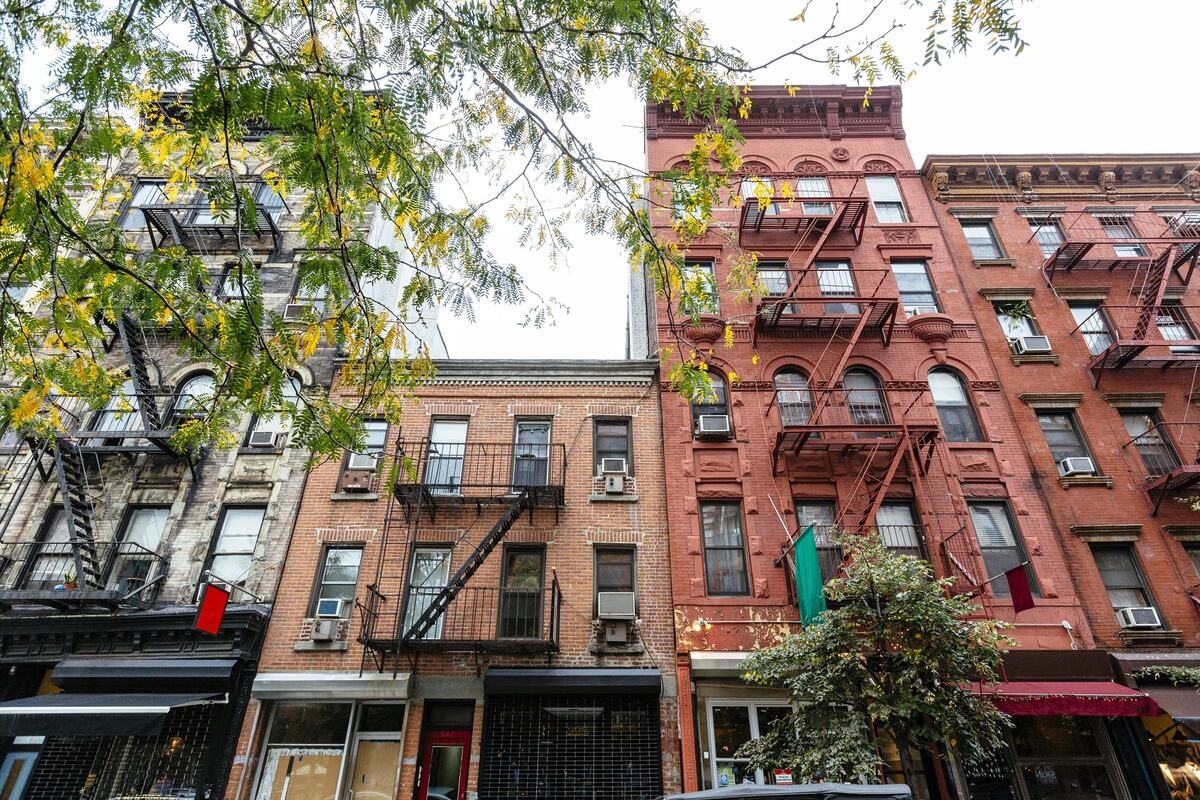
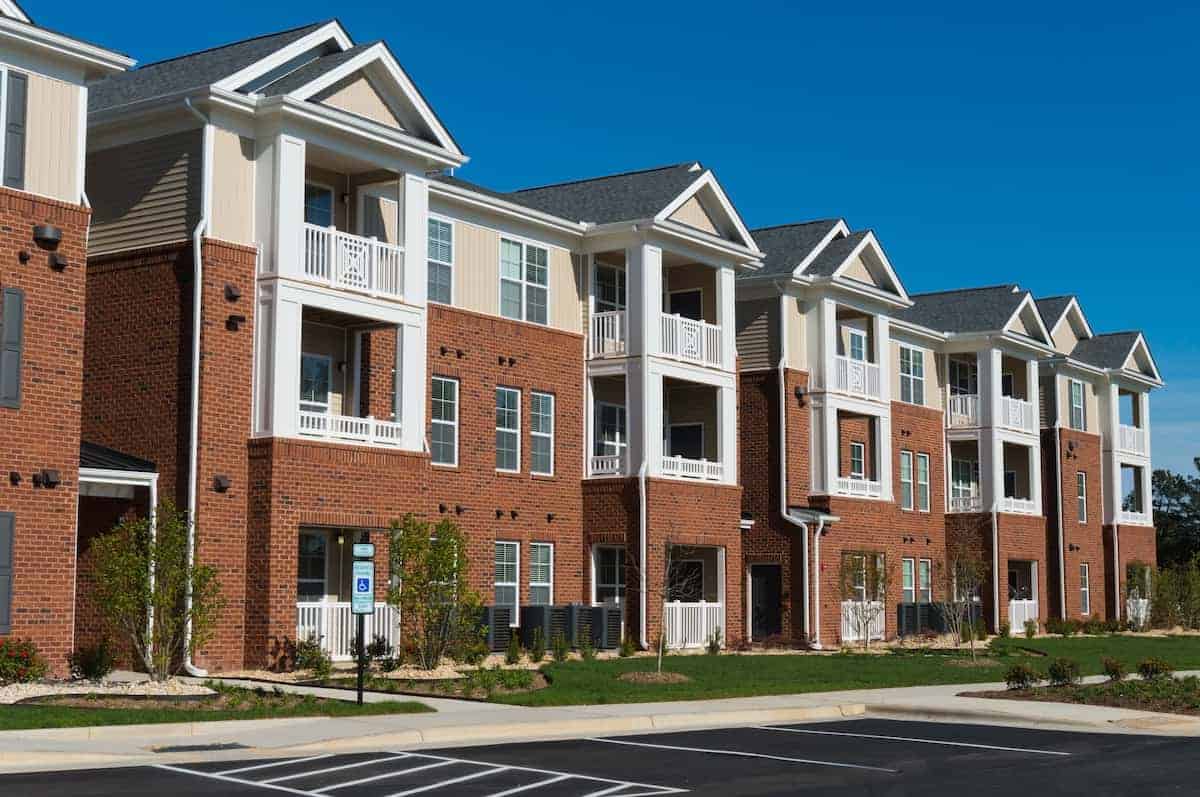
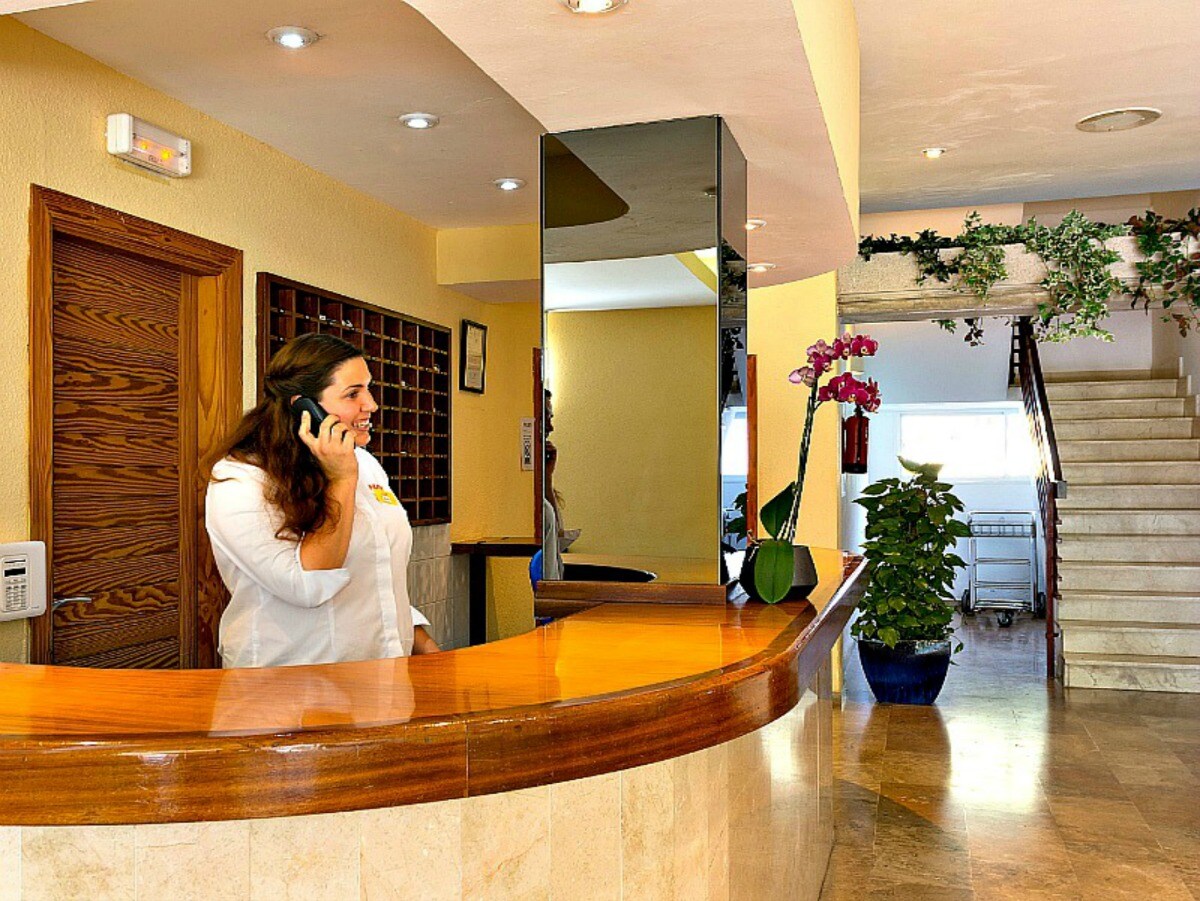
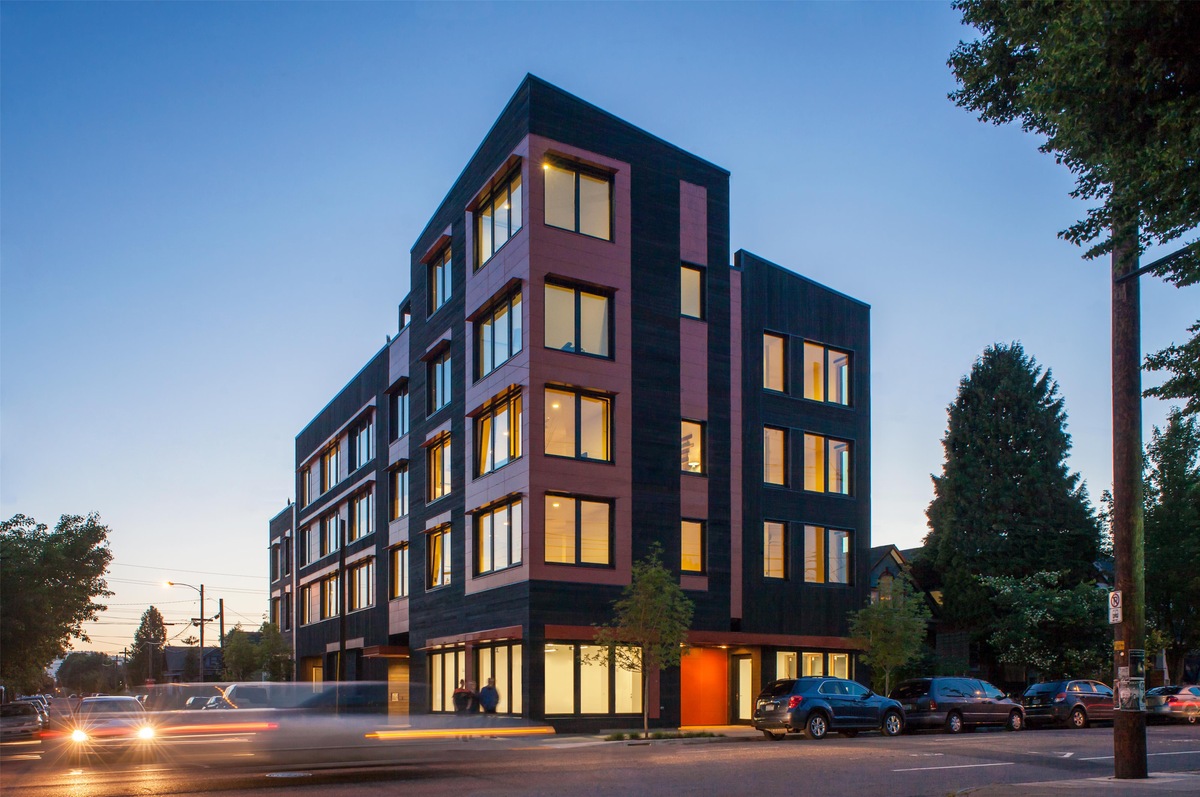
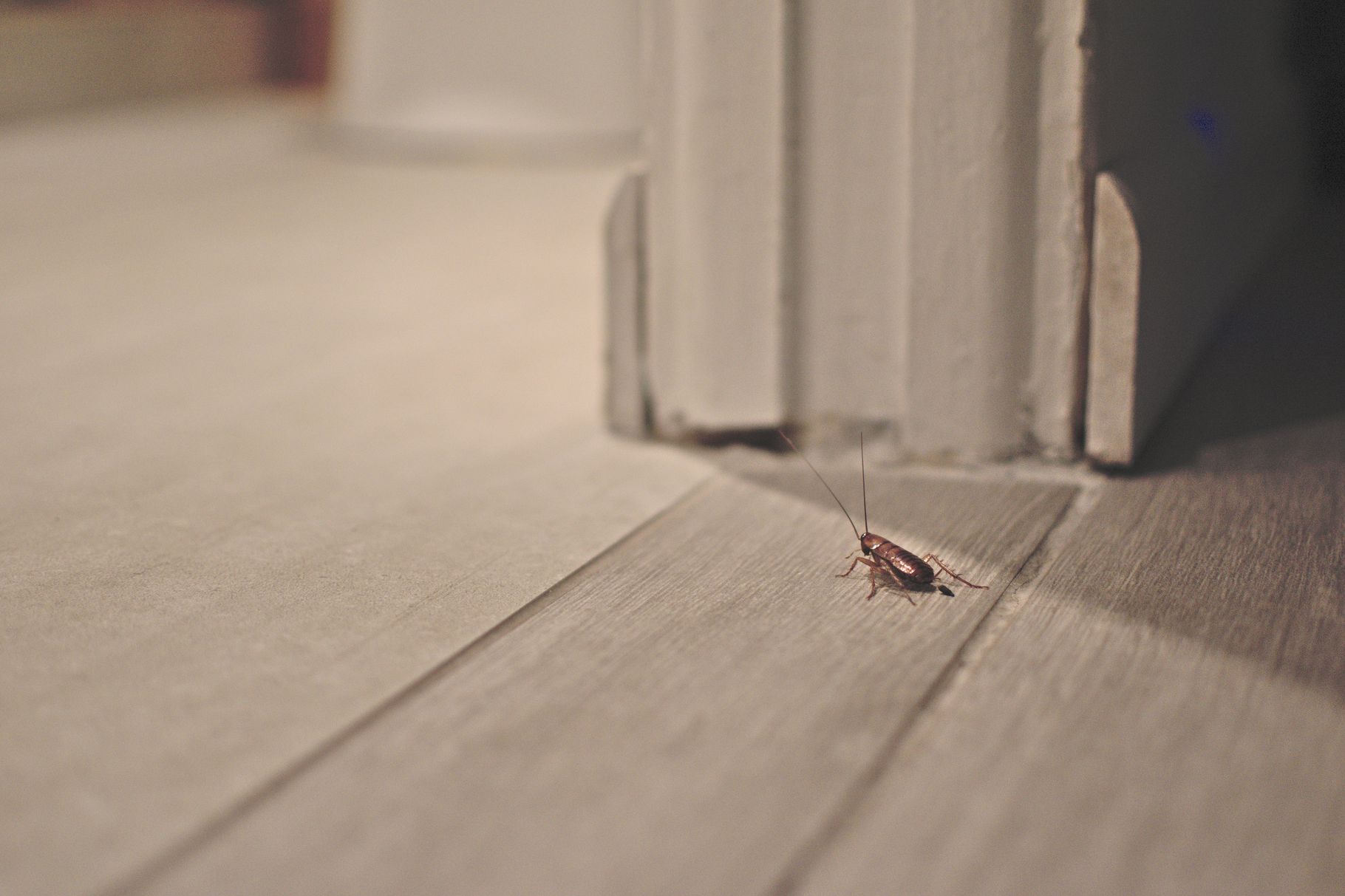
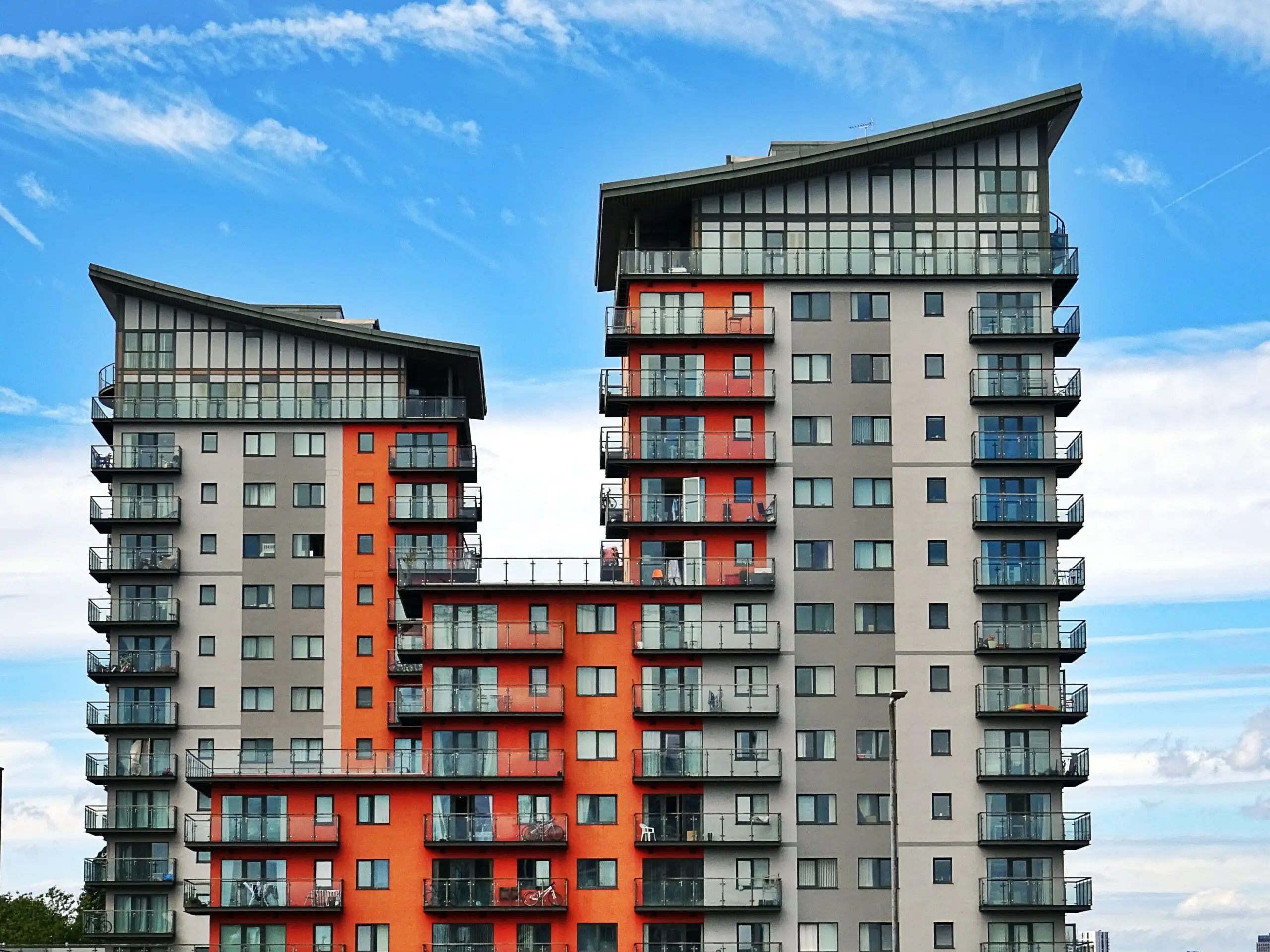
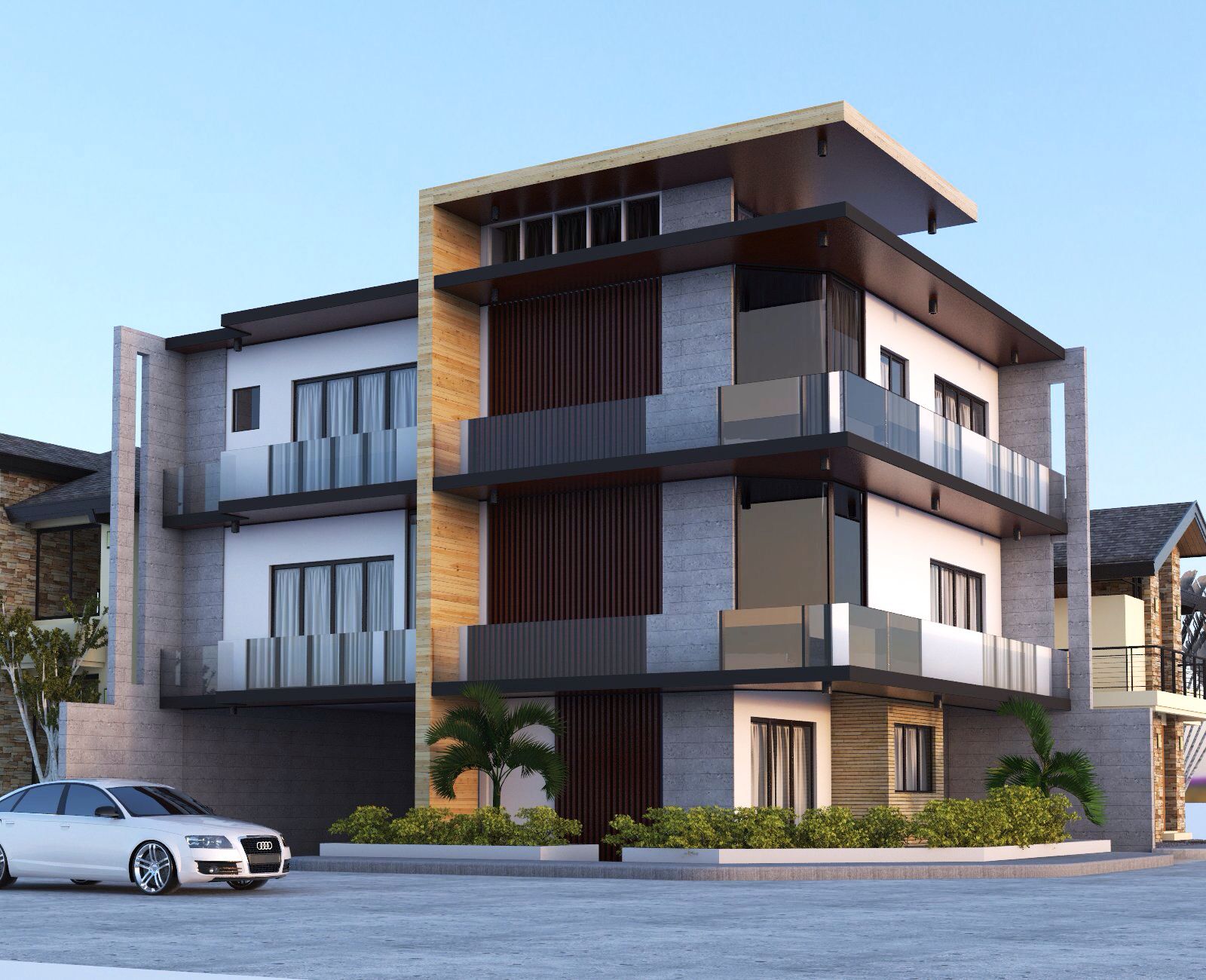
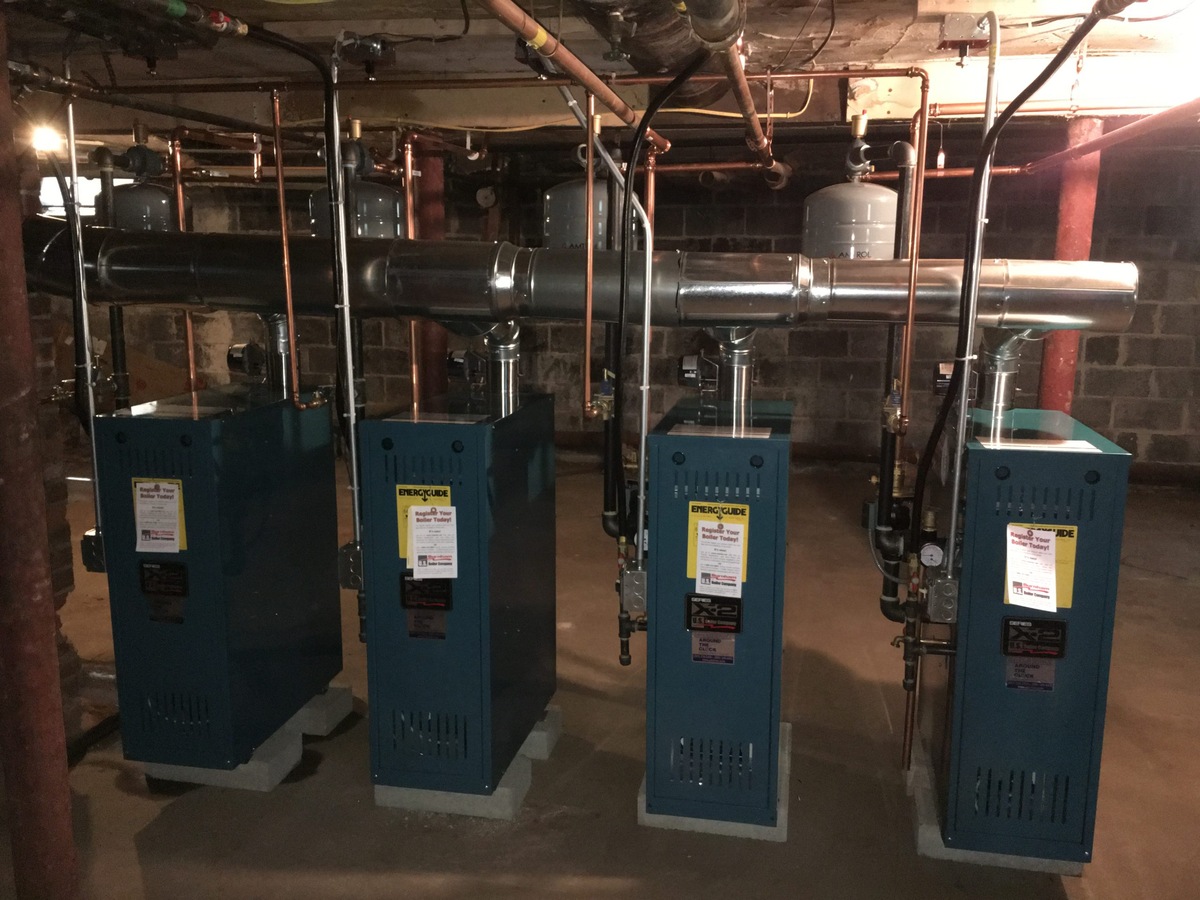
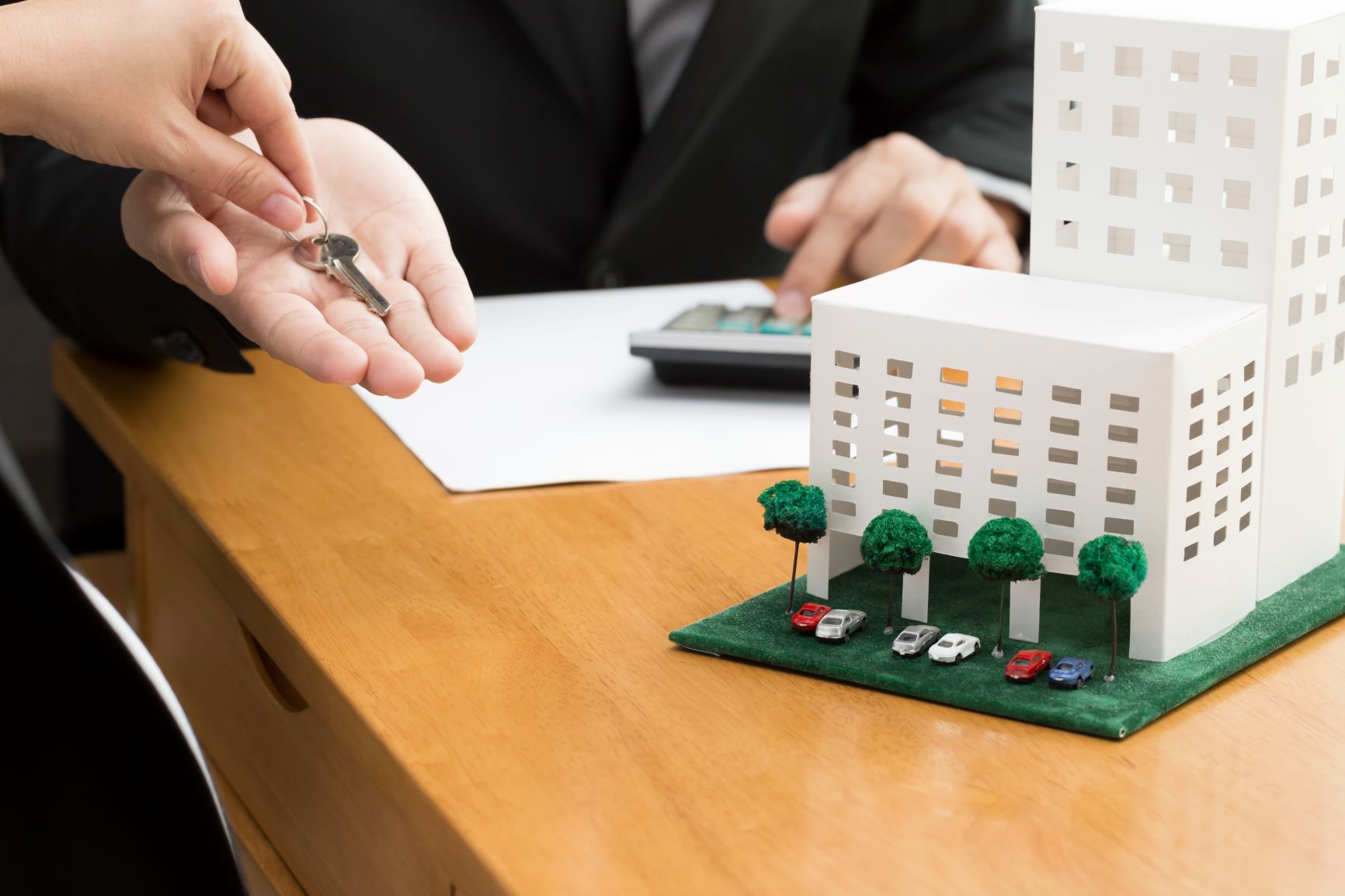
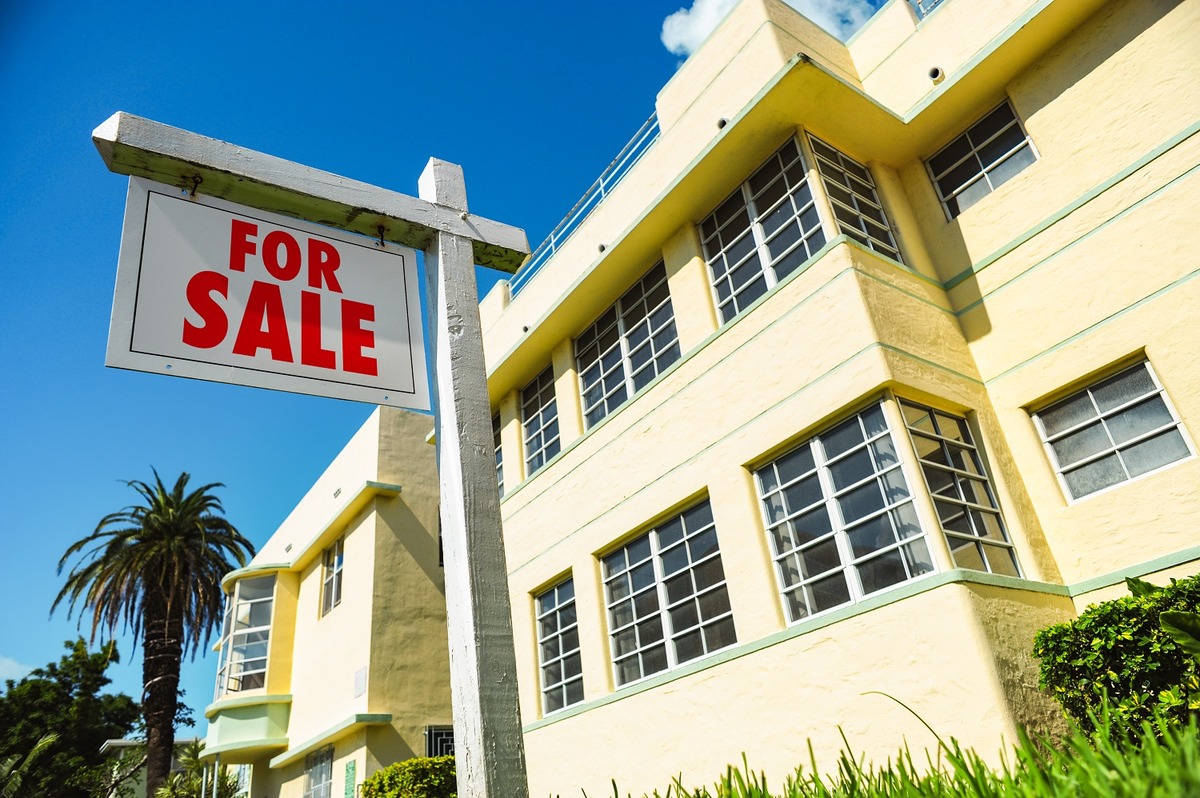
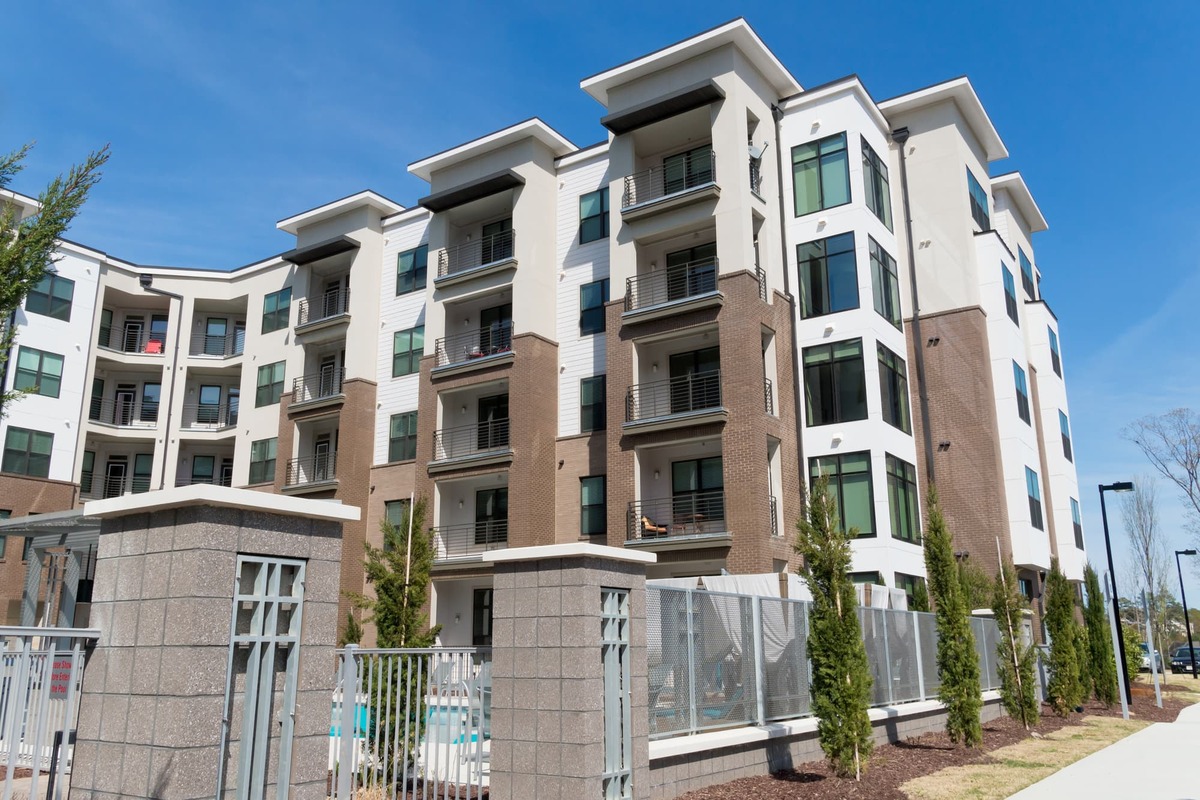

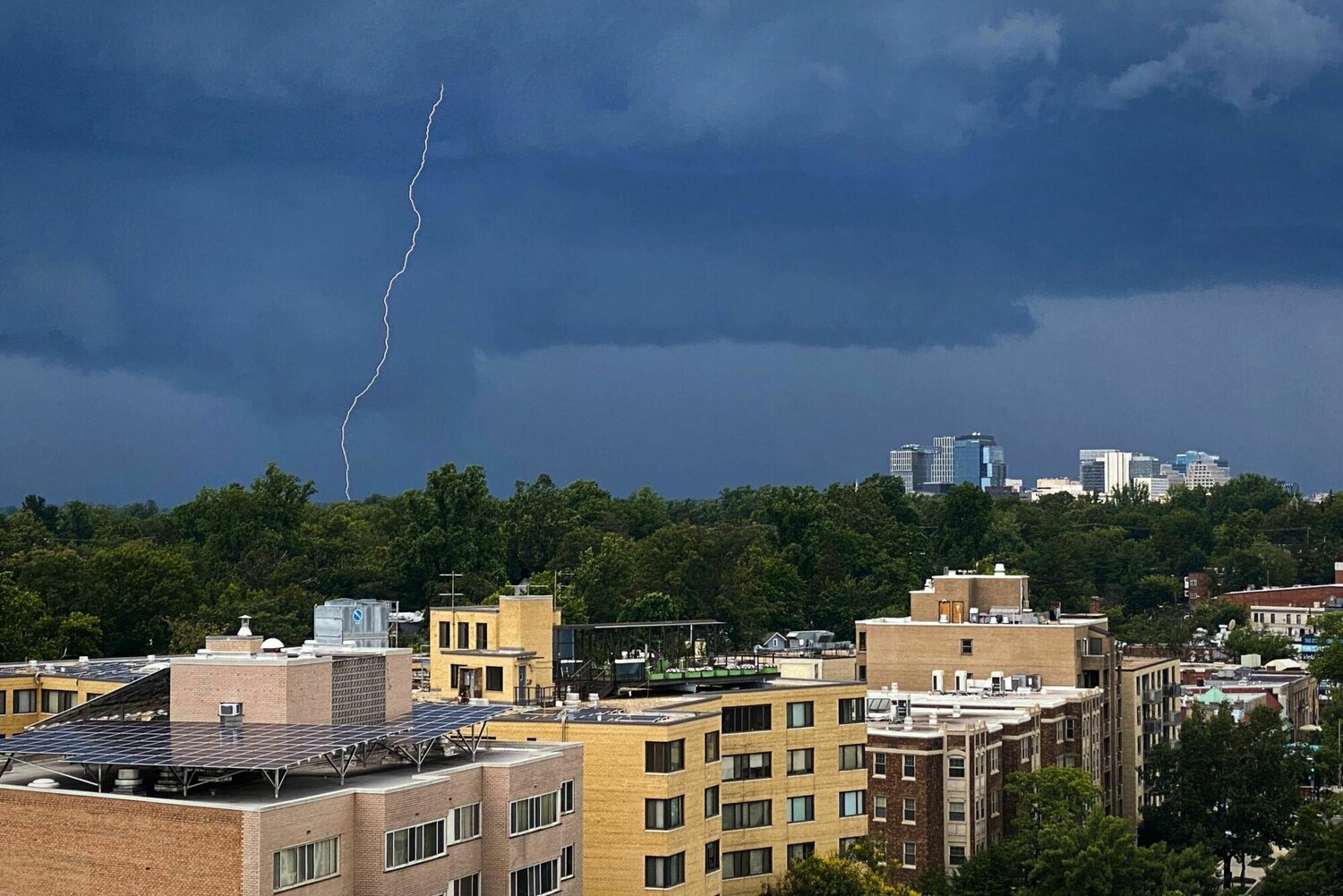

0 thoughts on “How Many Units Are In An Apartment Building”